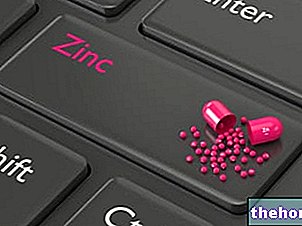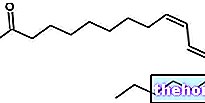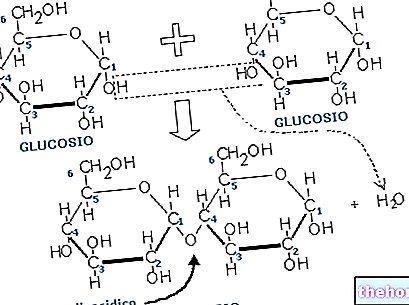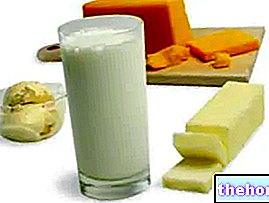Selenium is a very important mineral for the general well-being of the organism because it helps it in carrying out many basic functions, from reproduction to the fight against infections.
Some factors can make it more difficult for the body to absorb selenium, such as being on dialysis, having HIV or a gastrointestinal disease, such as Crohn's disease.
they can take up to 60 mcg of selenium per day.they contain the same amount, here are those with a higher percentage.
Brazil nuts
Brazil nuts are one of the best sources of selenium. 28 grams or six eight nuts contain about 544 micro grams. But be careful not to eat more than one serving of Brazil nuts a couple of times a week, to avoid selenium toxicity.
Fish
85 grams of yellowfin tuna contain about 92 micro grams of selenium and this amount makes it an excellent source. This is followed by sardines, oysters, clams, halibut, shrimp, salmon and crab, which contain amounts between 40 and 65 mcg.
Meat and salami
Raw ham provides about 42 micro grams of selenium per 85 gram serving, equal to 60% of the recommended daily allowance for adults.
The same amount of lean pork contains about 33 micro grams of selenium.
The selenium content of beef, on the other hand, depends on the cut, but a lower beef steak provides about 33 micro grams, beef liver about 28, and ground beef about 18.
Still 85 grams but of turkey, they allow you to assimilate 31 micro grams of selenium.
Finally, chicken offers about 22-25 micro grams of selenium per 85 grams of white meat and since it is an extremely healthy food, eating it is a great way to stay in line and take this element.
Dairy product
Milk and yogurt each contain about 8 micro grams of selenium per cup, equal to 11% of the daily requirement.
A cup of ricotta, on the other hand, provides about 20 micro grams, equal to 30% of the recommended daily intake.
Egg
One egg provides about 20 micro grams of selenium. This element is very versatile and lending itself to be consumed in different ways and in many recipes, integrating it into your diet is one of the best ways to fill up on selenium.
Brown rice
One cup of cooked brown rice provides 19 micro grams of selenium, which is 27% of the recommended daily amount. A lunch of one serving of rice and one serving of 85 grams of chicken or turkey allows you to reach almost the entire recommended daily requirement of selenium for an adult.
Legumes
Eating a standard serving of beans allows you to absorb about 13 micro grams of selenium and, in the meantime, fill up on some important fiber.
A cup of cooked lentils, on the other hand, provides about 6 micro grams of selenium, plus a good dose of protein and fiber. Adding them to mushroom soup can make for a selenium-filled vegan meal.
Mushrooms
Mushrooms are foods that contain many nutrients that are important for overall body health, including vitamin D, iron and about 12 micro grams of selenium in a 100-gram serving.
Oatmeal
A cup of cooked normal oatmeal allows you to absorb 3 micro grams of selenium. Ideal for breakfast, if you eat it in combination with two eggs it can give you 53 micro grams of this element.
Spinach
The amount of selenium present in the vegetable varies according to how much this mineral is present in the soil in which it was grown.
As a guide, however, spinach, cooked from frozen, will provide about 11 micro grams of selenium per cup. It is not only this feature that makes them excellent for health, as they also allow you to fill up with folic acid and vitamin C.
Cashew nuts
85 grams of dry roasted cashews offer 3 micro grams of selenium. While not an extremely significant amount, making recurring snacks based on this food can serve to further increase the increase in Selenium.
Bananas
A one-cup serving of banana offers 2 micro grams of selenium, which is 3% of the recommended daily allowance. Although it is a low percentage, adding this fruit to breakfast, consuming it with yogurt in a porridge or in the form of a smoothie, is a cure-all for health.




























